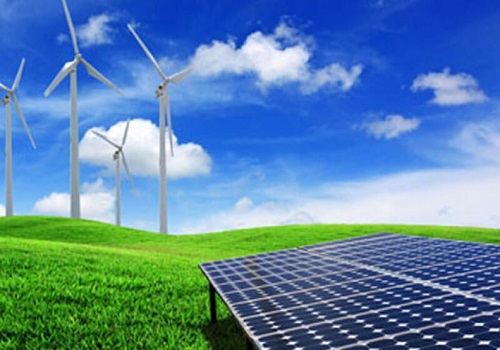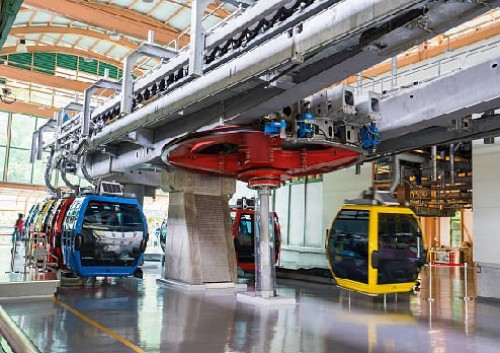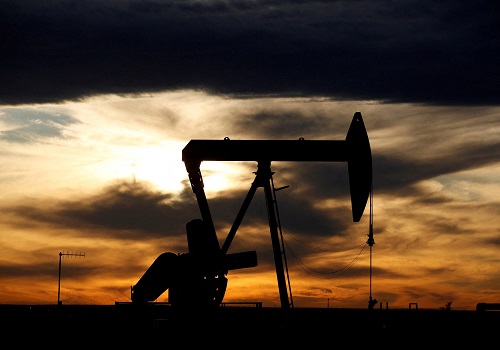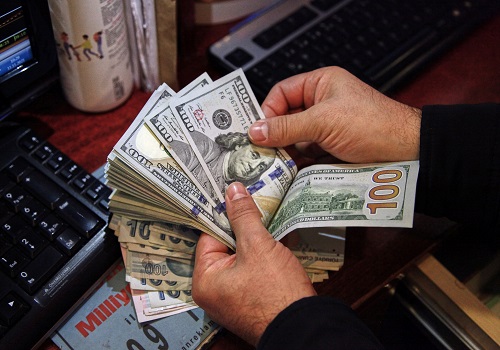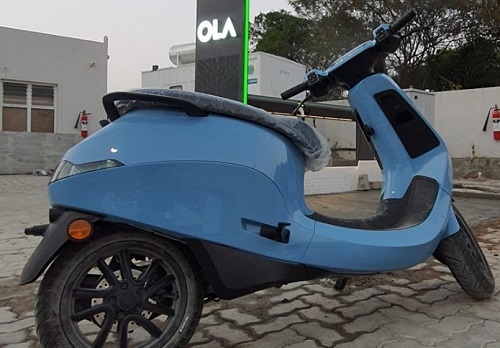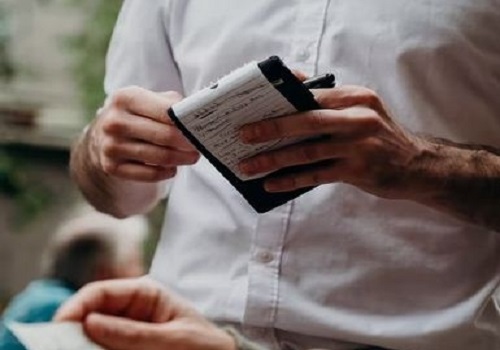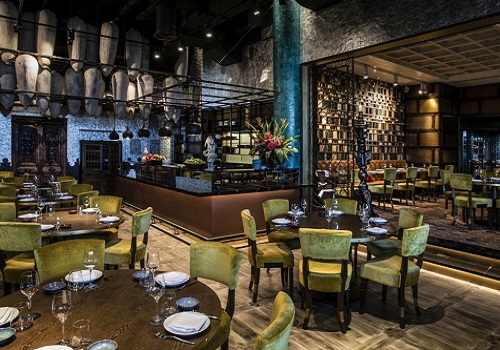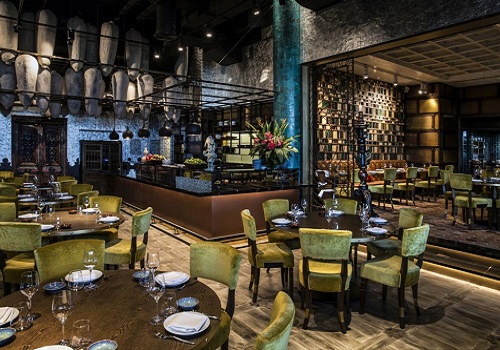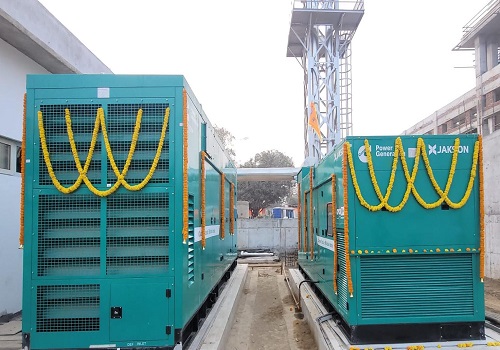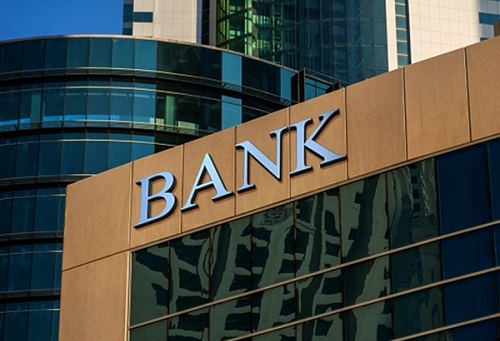From `service charge` to `surge pricing`, CCPA safeguards consumer rights
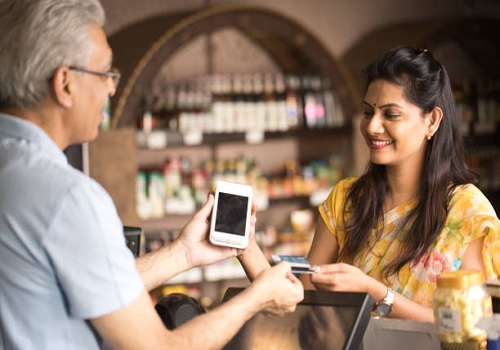
Follow us Now on Telegram ! Get daily 10 - 12 important updates on Business, Finance and Investment. Join our Telegram Channel
Chances are that you have read about new guidelines stating no restaurant can levy service charges. Chances are also that you may have read that cab services such as Ola and Uber were summoned by the government in connection with surge pricing policy. And chances also are that you have heard of how food delivery chains Swingy and Zomato have been asked to improve their grievance redressal.
But chances are that you have not heard of CCPA -- the Central Consumer Protection Authority, a statutory body set up under the Ministry of Consumer Affairs, Food & Public Distribution (MCAF&PD).
Formation of CCPA
It was about two years ago -- July 24, 2020 -- that this Authority was created after the Consumer Protection Act, 1986 was replaced with the Consumer Protection Act 2019, which came into effect in July 2020.
From July 2020, there was a lot of background work to be done, the rules were to be prescribed, the regulations were to be enacted. But then, for the first time, there was this CCPA, empowered by Parliament to take cognisance suo moto of such cases that are violation of consumer rights, or cases of unfair trade practices or cases of misleading advertisements, as a class.
"Earlier, it was the consumer who approached the Consumer Court individually, the quasi-judicial proceedings go on, and as and when, the result will come. But here is a system wherein the action can be taken for consumers as a class," said Nidhi Khare, Additional Secretary, Department of Consumer Affairs, who is also the Chief Commissioner, CCPA.
This simply means that individual customers need not draw attention of the consumer courts repeatedly for the same things/issues. Here, the Authority thinks there is a need to address a problem that affects a large number of people, and then it takes suo moto action.
A major difference between the three-tier consumer court redressal systems and the CCPA is that in the first case, action will be taken only after any individual lodges a complaint while, the CCPA can initiate action suo moto.
Volley of actions in recent times
A look at the volley of actions in the recent times tells us that CCPA had on April 30 issued an advisory warning for the e-commerce entities; on June 9, guidelines against misleading advertisements were issued; on July 1, the CCPA warned the EdTech companies; on July 4, it brought the guidelines for hotels and restaurants and made it clear that service charge cannot be automatically levied and then, on July 9, Saturday, it wrote to Chief Secretaries of all States/UTs and district collectors across India to arrange wide publicity of the guidelines along with its immediate implementation for protection of consumer interest.
But it is not that the CCPA woke up one fine day and started taking actions left, right and centre. The department studied the complaints that were compiled from the NCH. Then it checked out what has been the global best practice. "For instance, in case of fake reviews, what is Europe doing about it? Are our consumers protected in a similar manner?" Khare told IANS.
Similarly, the restaurants' association was taken on board before the guidelines were issued. "The guidelines under the CP Act of today are legal and enforceable, both. The Act gives us that power to take action/s," she added.
But even before such action, it was the time of Covid pandemic when such actions had actually started. Virtually all products started advertising themselves as protecting people from Covid, be it an ad for some sleeping mattress, or some shirt of big brands, lamination or wall paint, everyone was claiming protection from Covid. "CCPA took cognizance of such ads during the pandemic times when most offices were closed, and it was a very difficult time. We took action against misleading advertisements, resulting in 14 companies discontinuing their ads," the CCPA Chief Commissioner said.
Then, when such cases kept on rising, the CCPA brought guidelines in January 2021 and warned companies and advertising council of strong action. The cases have drastically gone down now.
The CCPA tries to take it up with those respective companies and tries for a pre-litigation measure to resolve the issue. Another important step here is segregation of cases pertaining to regulators in the insurance sector or for the banking sector. "We transfer all such complaints to the respective regulators and ask them to resolve at their end. Only those complaints that may not be addressed as per their existing legal provisions are back to us," she said.
So, how do the consumers reach the CCPA?
Primarily is the clutter free '1915', the National Consumer Helpline.
How are the consumers responding?
Phenomenal, if it has to be one word.
Take the case of levying service charge. From April 1, 2021 till June 20, 2022, as many as 537 complaints were lodged by consumers on the National Consumer Helpline with regard to levying of service charge. And in just three days after the guidelines were issued, i.e., between July 5 till July 8, there were 85 complaints, mostly from larger cities.
Or the consumer may lodge a complaint on the National Consumer Helpline (NCH), which works as an alternate dispute redressal mechanism at the pre-litigation level by calling 1915 or through the NCH mobile app.
The CCPA will have an Investigation Wing that will be headed by a Director General. District Collectors too, will have the power to investigate complaints of violations of consumer rights, unfair trade practices, and false or misleading advertisements.
The individual consumers would continue to benefit from the three-tier system of consumer court












 320-x-100_uti_gold.jpg" alt="Advertisement">
320-x-100_uti_gold.jpg" alt="Advertisement">

